





Welcome to summer! Gardens across the northern hemisphere have burst into life and color. Wouldn?t it be great to capture all this beauty in an image to keep forever?
We sow the seed, trim, prune and fertilize and with a bit of luck and love, we may end up with a breathtaking garden full of flowering plants. Your masterpiece holds the same elements that have inspired artists for centuries. The bold colors and the textures of the leaves call out to the artist within all of us. Monet was so inspired, he captured dozens of garden scenes in watercolor. Today, we may not have the same talent as Monet but we can certainly capture all the colors of the majestic garden scene with a camera.
I switched from film to digital many years ago so I will only discuss the ins and outs of choosing a quality digital camera to forever immortalize the beauty of your garden.
Let me start by saying that this is not the typical article I write. The idea came up and I wanted to take it on because I spent months reading, comparing and researching all my options for digital photography, and I wanted to share my newfound knowledge with others. Because to me, owning a decent camera and gardening go hand in hand. So let's start with the obvious: cameras.
How much money you wish to spend on a camera set up should be your first consideration. Although I currently shoot with a more expensive digital single-lens reflex ("DSLR") camera, I fully understand this may not be beyond the budget of some. Is it possible to take quality garden photographs with a simple point-and-shoot? The answer is yes as long as you choose a quality camera and understand a few things about macro photography, the term used for up close and personal photographs of any given subject.
When I first switched to digital, the prices were astronomical and the quality was good, but nothing like the quality of today's offerings. You can pick up a digital camera today for under $100, unheard of ten years ago.
Although a hundred dollar camera may take a decent image, I would recommend spending a bit more money for a camera you can use for many years. With cameras, like most everything else in life, you really do get what you pay for.
No matter how much money you have to spend, keep in mind that beyond the camera, you will need other essentials like a tripod (not completely required but completely recommended), memory cards and a camera bag.
No, you do not. There has never been more hype when it comes to selling a product than megapixels. Common wisdom states the more megapixels a camera has, the better it is. That simply is not true. Most entry-level photographers do not need a high megapixel camera. The megapixels translate to resolution which in turn translates to quality prints. Unless you want to consistently print poster-size photographs, all that is required is an 8 megapixel camera. If your goal is to share your photos online, 8 megapixels is quite sufficient.
If you are choosing a "point-and-shoot" camera, this point is important to bear in mind when shopping. More megapixels is not the primary concern--but the quality of the lens is very important. Just to help you out, nearly all point-and-shoots have scene pre-sets. These are great to gain confidence because the camera will adjust itself according to the image you want to capture. If you are serious about learning, however, I recommend getting a camera with some sort of manual functionality. This way, you can choose your own aperture, exposure and ISO settings. I will not go into what these settings mean but at the end I will recommend some books that will help you understand it all.
If your budget will not allow for the purchase of a DSLR camera, I would recommend the Canon PowerShot SX10 IS:
This is an incredible powerhouse in the world of point and shoot digital cameras! I recommended this camera to a friend and had a chance to "play" with it. The automatic settings associated with the easy-to-use scene selections remove all the guesswork from what is needed to get the shot. This way you can focus on your subject and leave all the hard work to your camera. If, you want to prepare yourself for the incredible world of DSLR photography, this camera allows you to manually control everything. Currently priced at $359 (USD) from Amazon, this is not the cheapest option out there but it would be my number-one recommendation in the world of point and shoot cameras. There are other comparable choices (the Panasonic Lumix, for example), but overall, this is the one I recommend most. The primary reason is because it is a Canon and Canon uses quality glass for their lenses. The better the glass, the better the image. The lens size is also very decent and will allow you to fit more into the image you are trying to capture. As already mentioned, this camera will also allow you to manually control ALL of the image settings so as you become comfortable with aperture, ISO and exposure, this camera will allow you to 'play' to your heart's content.
If you want to jump right into the world of DSLR cameras, there are some things to keep in mind. Consider your initial investment carefully. It is tempting to purchase the kits that include the body and one or two lenses but the kit lenses are generally not that great in quality. Further, if you are going to be shooting flowers, the kit lenses will not deliver the results you are looking for. You would be better off with a point and shoot. Instead, I would choose your body and one lens to get you started. A quality macro lens with a decent aperture is worth its weight in gold. Not only can you capture the beauty of your garden but macro lenses are also good for portrait style images of people.
The camera setup I use and recommend is the Olympus E-500 and Olympus 50mm f/2.0 Telephoto Macro ED Lens
For nearly the same price as the body with kit lenses, I was able to purchase the body and this absolute gem of a lens. This macro lens has received consistent five-star reviews on nearly every website that sold it. Amazon offers it cheaper than other online vendors and I cannot recommend this setup enough. Though you are restricted as to what sort of lenses you can use with the Olympus, they offer consistently superior lenses and this lens is well worth your consideration. I chose this particular camera because I had already been using an Olympus point-and-shoot and was very impressed by the quality of the image I was able to capture. I automatically assumed I should go with either Nikon or Canon when choosing a DSLR but it turns out I could achieve roughly the same quality without spending a lot of money. The absolute deciding factor was the prime macro lens for this camera. It has lived up to all of the compliments it has received and then some. All the images below were taken with this lens.
No matter what your camera choice is, the worlds of garden and macro photography await you. There is no better way to gain an even deeper appreciation for the life you so lovingly care for than to get up close and personal with it and view it at level not normally seen.
As mentioned before, beyond the camera, you must consider supplies with your purchase. I recommend purchasing a tripod for the photos will come out that much clearer and sharper. High speed cards are also a must. They are more expensive but well worth it when it comes to shooting insects that may fly away at a moment's notice.
I realize this is a condensed version of a broad and vast subject. I am very willing to answer any questions you may have. Further, I also recommend some resources that proved invaluable to me when I first became serious about the quality of images I was taken.
The Digital Photography Book
by Scott Kelby
This should be the first book you purchase and subsequently kept in your camera bag for all time. This is THE best book when it comes to understanding the technical aspects of digital photography. Aperture, exposure, ISO, bracketing, white balance and so much more is explained. This book should be purchased along with your digital camera.
Understanding Exposure: How to Shoot Great Photographs with a Film or Digital Camera
by Bryan Peterson
This too is an amazing book when it comes to getting great shots both natural and artistic by manipulating your exposure settings. Bryan walks you through many different scenarios and offers full color photographs on every page so you can see the results he achieved.
Thank you for reading my article and I hope I have provided enough information and inspiration for you to get started with your digital camera purchase. Please feel free to ask any questions. I am here to help. Other resources include the Cameras and Photography forum here at Dave's Garden, and Photo.net, a sister site dedicated to photography.
I will close with some of my favorite images:
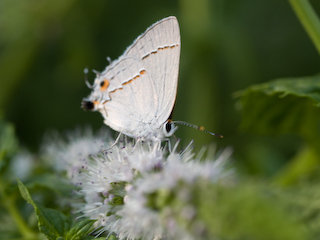
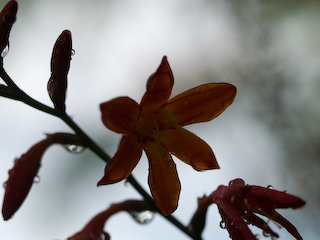
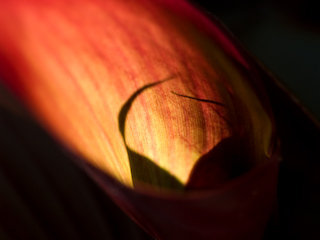 Butterfly On Mint
A Beautiful Surprise
Bee On Mint
Butterfly On Mint
A Beautiful Surprise
Bee On Mint

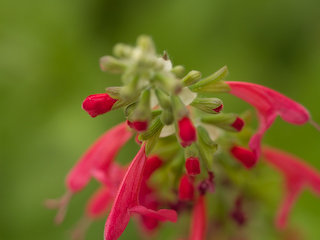
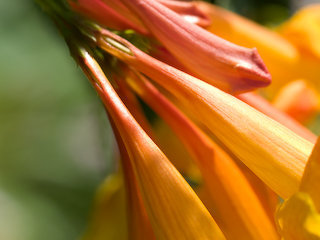 Looking Down The Inside of a Canna at Dusk
Salvia Coccinea With Intentional Artistic Softness
Close Up Of New Honeysuckle Flowers
Looking Down The Inside of a Canna at Dusk
Salvia Coccinea With Intentional Artistic Softness
Close Up Of New Honeysuckle Flowers
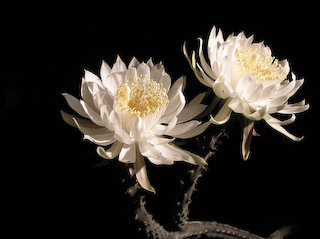
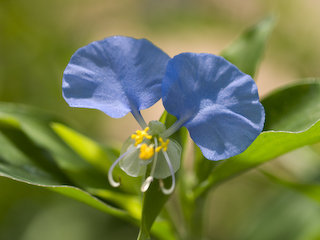
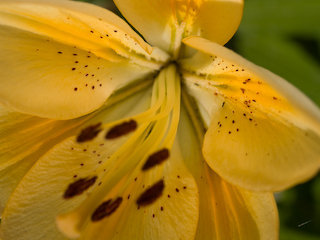 Night Blooming Cereus
Day Flower
Easter Lily
Night Blooming Cereus
Day Flower
Easter Lily
Copyright © www.100flowers.win Botanic Garden All Rights Reserved